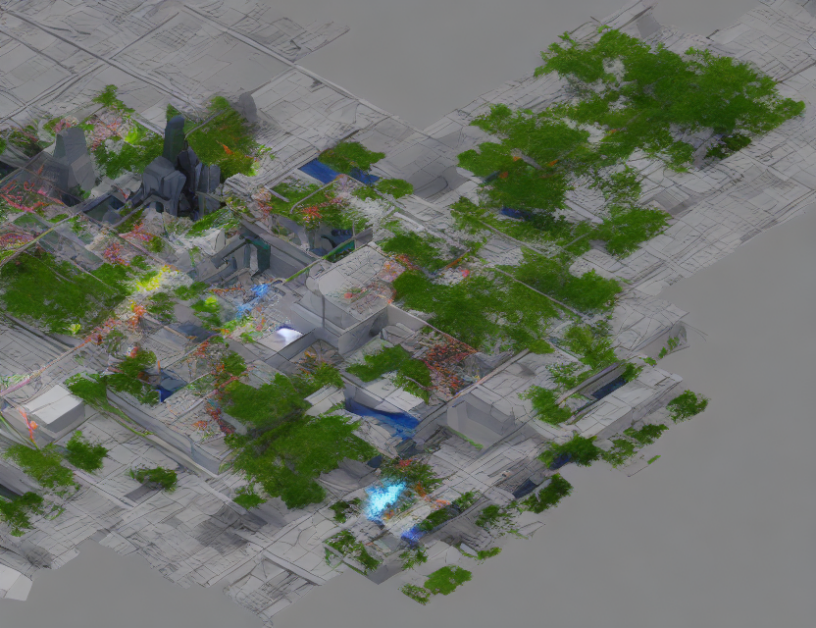In this article, the authors explore the relationship between accuracy and efficiency in deep learning models for 3D semantic segmentation, specifically focusing on point cloud data. They introduce the scaling principle, which challenges the traditional trade-off between accuracy and efficiency in model performance. The authors present a pilot study, called Point Transformer (PT), that demonstrates improved efficiency without compromising accuracy.
The authors explain that most existing methods prioritize accuracy at the expense of efficiency, leading to cumbersome operations. They propose PT, which replaces matrix multiplication with learnable layers and normalization in attention weight computation, resulting in faster performance. The pilot study shows that PT achieves competitive accuracy while reducing computational complexity.
The authors highlight the significance of scaling principle in deep learning models for 3D semantic segmentation, emphasizing the importance of balancing accuracy and efficiency. They encourage future research to explore this principle further, leading to more efficient and accurate models.
In summary, the article presents a pilot study that challenges the traditional trade-off between accuracy and efficiency in deep learning models for 3D semantic segmentation. The authors propose the scaling principle, which aims to balance these factors, and demonstrate its effectiveness through PT. This work has important implications for developing more efficient and accurate deep learning models in various fields of computer vision and beyond.
Computer Science, Computer Vision and Pattern Recognition
Unlocking 3D Point Cloud Understanding with Attention-based Methods



